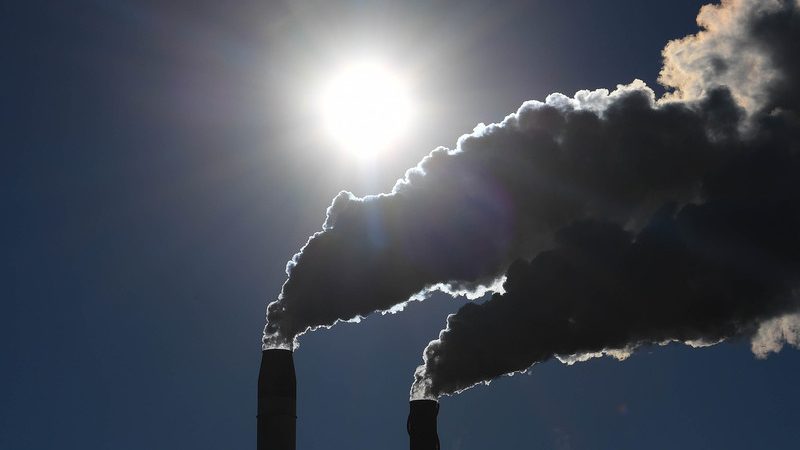Germany’s Salzgitter said Oct. 21 it will start supplying low-emissions certified steel to German appliance maker Miele Group, starting next month, for a pilot program.
Miele is seeking to reduce its carbon emissions footprint, and from November plans to source just under 24 mt/month of low CO2 steel for use in tops of stoves and ovens with a diameter of 60 cm, the company said in a statement.
High-end appliance manufacturer Miele joins other premium German brands like Mercedes-Benz, Bosch, Siemens, Gaggenau and Neff testing low-emissions steel from Salzgitter to meet sustainability targets and appeal to certain consumers.
“Green steel products are eliciting ever keener interest from our customers operating in a wide range of sectors,” Ulrich Grethe, CEO of Salzgitter Flachstahl said in the statement. “We are pleased that our low CO2 steel products meet the company’s [Miele] high quality standards.”
The steel will come from Salzgitter Group’s Peine electric arc furnace, and will be rolled and galvanized at the Salzgitter Flachstahl works in central Germany, it said. Salzgitter is offering steel produced from ferrous scrap, with certified emissions reductions compared with higher emissions from blast furnace-based steel, ahead of future plans to use green hydrogen and direct reduction iron to replace coal and met coke and slash emissions further.
“The CO2 emissions generated by the manufacturing process are reduced by more than 66% in this material through harnessing climate compatible sources of energy and steel scrap,” it said. “In taking this step, Miele is making a first contribution to lowering emissions in the domain of purchased goods and services (Scope 3.1) and taking an important step toward implementing its ambitious sustainability goals.”
Before the end of 2021, Gutersloh-based Miele will be operating in a carbon neutral manner across all its locations in terms of Scope 1 and Scope 2 greenhouse gas emissions, while it targets by 2030 lowering its emissions from the utilization phase of Miele appliances by 15%, which accounts for a major part of its Scope 3 emissions, it added.
The steel from ferrous scrap cuts the carbon footprint of galvanized steel by 66% compared with the conventional production of steel via the blast furnace route, as verified by TUV SUD using 2018 data for comparisons, it said.
— Hector Forster






